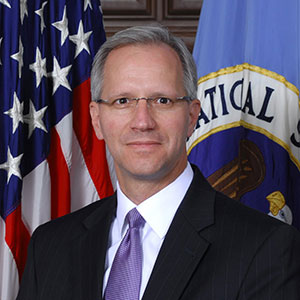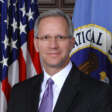The growth and acceptance of artificial intelligence and machine learning over the past few years across the government has been fascinating to watch.
The Professional Services Council Foundation estimates contract obligations and AI-related investments grew almost 75 percent to nearly $700 million between fiscal 2016 and 2018, and they expected it to grow further in 2019 reaching 1 billion dollars.
And the growth just isn’t inside the Defense Department. Nearly every agency is discovering the potential benefits of applying advanced analytics and intelligence automation tools to their mission areas.
The challenge for many agencies is how to prepare their infrastructures for these tools and then how to add governance across the data.
For many agencies, infrastructure modernization will happen at the same time and likely look be in the form of a hybrid cloud set up. This adds another layer of complexity because data and applications will have to work across multiple clouds, both on and off premise.
While hybrid cloud makes the most sense for many agencies, it also gives CIOs plenty to think about, including how best to balance performance and cost across the multiple cloud services, and, of course, how best to secure data and applications.
Agencies must be able to create a secure and flexible infrastructure to use AI and machine learning tools.
Greg Smithberger, the director of capabilities and chief information officer, National Security Agency, said the intelligence community has been taking advantage of the power of the cloud for several years.
The IC GovCloud, which is a shared service across the community, provides a host of mission-focused capabilities at great scale and great speed, including data discovery, data fusion, real-time analysis and fusion.
“The machines are accelerating what the humans can do and the machines making the humans more efficient, and where possible, even creating totally automated outcomes that are consistent with the laws and policies we have to operate in,” Smithberger said.
The Current Approach to Cloud
NSA is using a combination of government-owned and operated systems, commercial cloud services at the classified and unclassified levels, and we are experimenting with some new models, hardware-as-a-service and full-service commercial cloud services. We have very much a mixed economy.
Greg Smithberger
Director of Capabilities and Chief Information Officer, National Security Agency
Data and Applications in the Hybrid Cloud
We’ve certainly seen our role in security change over time to where once we had owned all IT to now we are a broker of sorts to where we are consulting on what’s best to transition and from a security perspective as well. Starting with that comes with understanding what we are managing and that’s what I mean by broker, we are not only helping transition but we are helping to understand what is out there now.
Doug Cossa
Deputy Chief Information Officer, Defense Intelligence Agency
AI and Machine Learning and the Hybrid Cloud
When you are looking at the multi-cloud approach, you need access to the data and you need to be interconnected to the customers. I look at the network and the cloud will be like an iPhone where everything will be virtualized and if you think about the leaps and bounds that technologies on the iPhone have made like if you need a stopwatch, it’s on the iPhone. If you need a flashlight, it’s on the iPhone. If you think about the innovation that is happening with that technology and apply the same thing to networks with software-defined networking, cloud and cloud architectures, this is a fast moving train.
David Peed
Vice President and General Manager, Equinix Government Solutions
Listen to the full show:
Copyright
© 2025 Federal News Network. All rights reserved. This website is not intended for users located within the European Economic Area.












